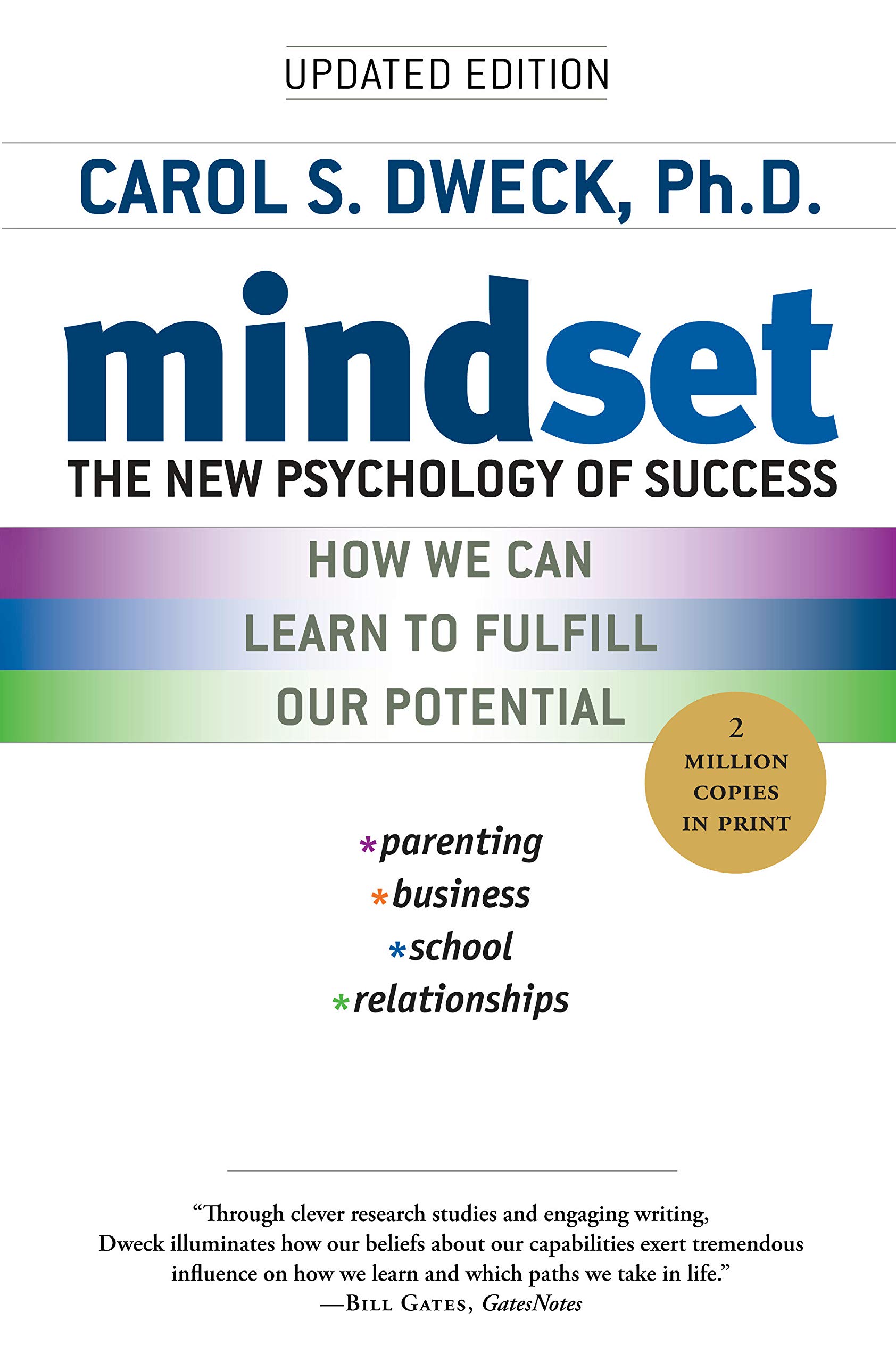
“If parents want to give their children a gift, the best thing they can do is to teach their children to love challenges, be intrigued by mistakes, enjoy effort, and keep on learning. That way, their children don’t have to be slaves of praise. They will have a lifelong way to build and repair their own confidence. This is something I know for a fact: You have to work hardest for the things you love most.”
In 1988, Dr. Dweck first presented a profound research-based model, “A Social-Cognitive Approach to Motivation and Personality,” to show the impact of mindsets. She showed how a person’s mindset sets the stage for performance and learning goals. A learner with a performance goal might avoid perceived challenges because he/she is worried about looking smart all of the time. In contrast, a student with a learning goal will pursue interesting and challenging tasks in order to learn more.In 1988, Dr. Dweck first presented a profound research-based model, “A Social-Cognitive Approach to Motivation and Personality,” to show the impact of mindsets. She showed how a person’s mindset sets the stage for performance and learning goals. A learner with a performance goal might avoid perceived challenges because he/she is worried about looking smart all of the time. In contrast, a student with a learning goal will pursue interesting and challenging tasks in order to learn more.
In Mindset, Dr. Dweck further explains that “no matter what your ability is, effort is what ignites that ability and turns it into accomplishment.” According to her research, a growth mindset is what motivates you to put in that effort. It’s what makes you dig deep to get through the difficulties of learning something new. When you believe you’re capable of growing and overcoming obstacles—and that the process can make you smarter, stronger, or better—you feel a lot more motivation to put in the hours of difficult work that will actually get you there.

You’re striving for something that you know you can achieve, so you’re at peace with the struggle, but when you’re stuck in a fixed mindset, you’re exactly that: stuck. This model of the fixed vs. growth mindset shows how cognitive, affective, and behavioral features are linked to one’s beliefs about the malleability of their intelligence.
Key Steps to Teaching Growth Mindset
- Model it yourself! Learners follow their parents’ and educators’ lead, so by showing examples of yourself having a growth mindset (or working your way out of a fixed mindset), it will help children feel safe and empowered to do the same.
- Utilize imagery and analogies to make it relatable. Helping learners “see” how growth mindsets can shape outcomes will increase connectivity and confidence.
- Help learners discover the significance of mistakes as a key part of their learning journey. Failures are stepping stones to success, without them, learners can never truly reach their full potential.
- Reinforce that change takes time just like learning how to read or walk. Oftentimes, change needs constant repetition before it becomes automatic. It is helpful to stress the importance of flexibility and grace while children are learning how to apply Dweck’s theory.

Dr. Dweck’s studies continue to find that people’s perceptions about their own intelligence have a significant impact on their motivation, effort and willingness to challenge themselves. Those who believe their abilities are changeable are more likely to embrace challenges and persist despite failure. Ultimately, if you can’t grow, if you can’t learn, if you can’t change, why would you bother trying? You don’t think you can do it, and failure would just confirm it. Helping learners see failure as a valuable part of the learning process, are more likely to take risks and achieve success by doing so. To learn more about Stanford University’s Dr. Carol Dweck’s invaluable work, feel free to watch her world renown TED talk, “The power of believing you can improve,” review Education Week’s article, “Carol Dweck on Nurturing Students’ Growth Mindsets Through Protest and Pandemic” as well as read Riskology’s article about the science behind growth mindsets.










